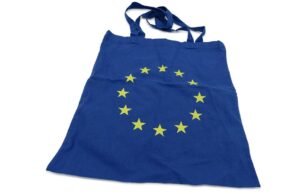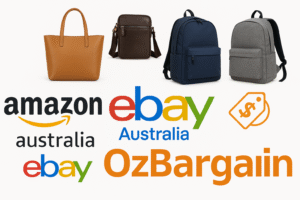Combining multiple overseas industry reports, brand interviews and market data, this article disassembles the demand logic, technical path and commercial results of custom bags and backpack in major global consumer markets (North America, Europe, Japan and South Korea), supplemented by the latest scale data and success cases, to help you gain insight into the next wave of growth dividends.
Demand-driven: Why do consumers around the world want “one bag per person”
1. Identity expression
- A Deloitte survey of 5,000 respondents in the United States and Europe showed that 76% of Generation Z want their accessories to clearly convey their personal attitude.
- The average American household owns 11 bags, spending an average of $160 on each bag. Fashion attributes and “chatter points” have surpassed functionality.
2. Scene fragmentation
- Post-epidemic remote work + weekend short trips have increased the demand for commuting, light travel and parent-child scenarios; the average monthly search volume of Gen Z for “custom backpack for…” on social media has doubled in three years.
3. Premium + Sustainable Dual Power
- McKinsey 2024 Global Luxury Consumption Report: 39% of consumers are willing to pay ≥20% more for “one-to-one design”, of which 64% also require environmentally friendly materials.
- On-demand production reduces the average inventory abandonment rate by 30%, meeting the ESG assessment of European and American retailers.
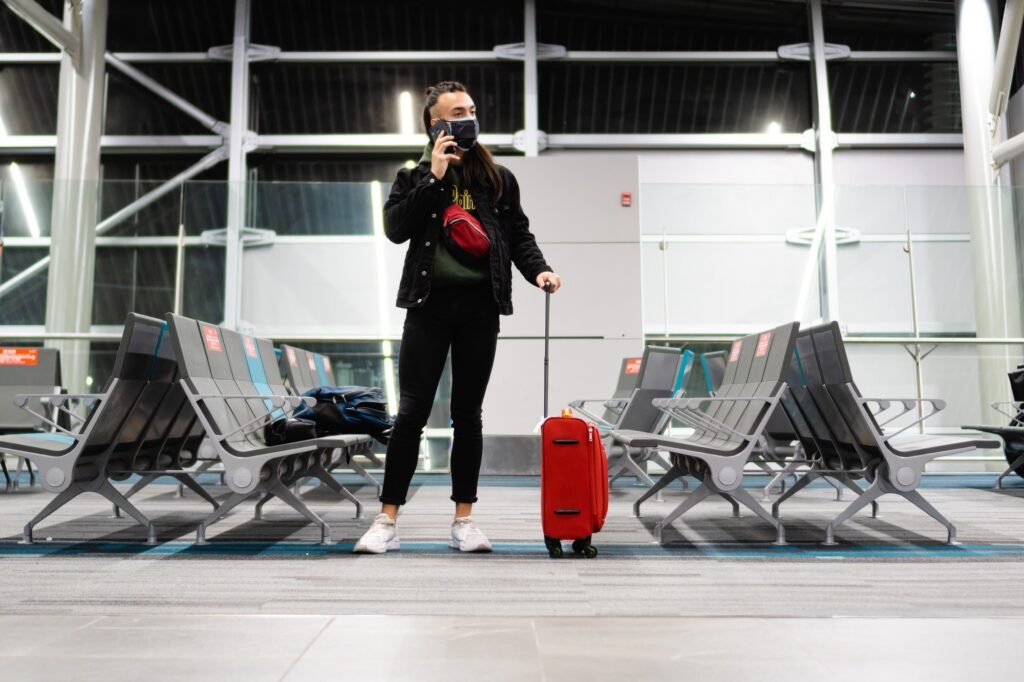
How to Custom Bags: From engraving and color matching to “building block” function upgrade
| Layer | Entry-Level | Advanced | Added Value |
|---|---|---|---|
| Looks | Color blocking, embroidery, monograms | AI-generated prints, NFT/IP co-drops | Social shareability |
| Structure | Fixed pockets | Snap-in modules, magnetic outer pouches, expansion zips | One bag, many lives |
| Materials | Nylon, cowhide | rPET, recycled nylon, mycelium leather, Dyneema® | Sustainability + ultralight |
| Smart Tech | — | NFC authenticity tags, Bluetooth trackers, solar panels | Post-purchase engagement |
How long does it take to deliver custom bags? Technology and process reduce 30 days to 3-7 days
1. 3D digital proofing
Cloud rendering + laser cutting reduces sample cycle from 10 days to 48 hours.
2. Print-to-Order
In the flexible factories in the United States and Germany, the MOQ of digital printing fabrics has been reduced to 1 piece, and the unit cost has been reduced by 22%.
3. Web 3D Configurator
Bag supplier VSL Packaging integrated the “drag-and-drop material change” function into Shopify, which achieved a 34% higher conversion rate than the static option.
4. Community co-creation
The Spanish brand Tropicfeel first let users vote on Kickstarter to decide the module combination, and then arranged production. It raised $2 million in 48 hours.
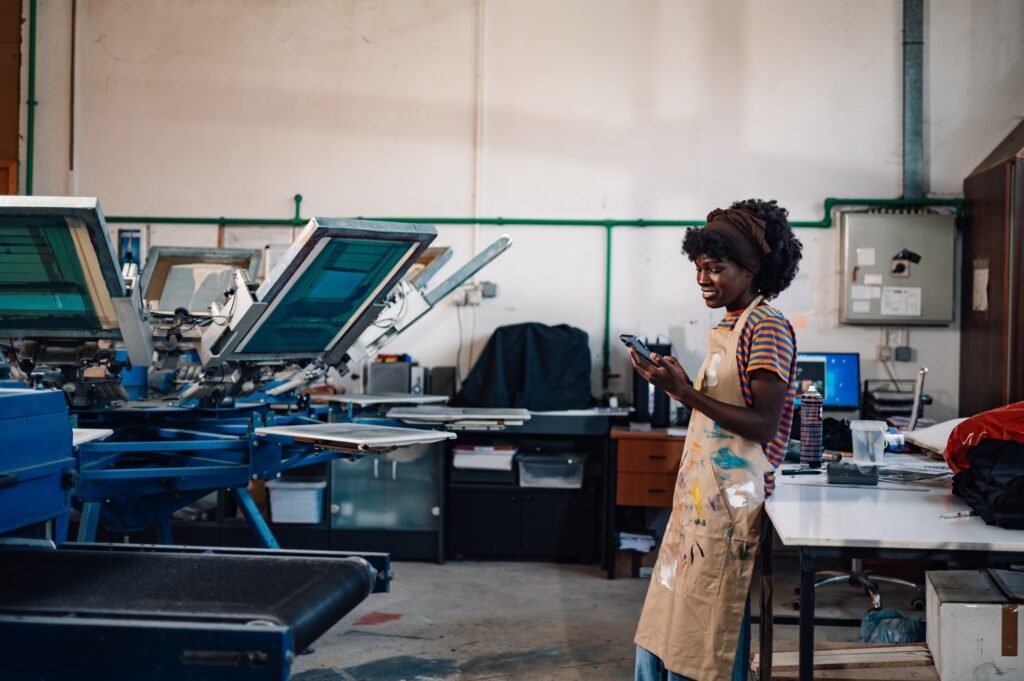
Global Success Stories
A — Away “Customize Your Carry-On Bags”(USA)
- 15 shell colors, 3 pull rod colors, and engraving can be selected on the page.
- The average order value of custom bags is 28% higher than that of basic products, but the return rate is 40% lower.
B — Nike By You Backpack Series (Global)
- Users select the fit, fabric, straps, and slogan patches online; shipped to North America and the EU within 7 days.
- Custom backpack sales accounted for 12% of Nike Accessories’ total revenue in fiscal year 2024.
C — Fjällräven Kånken “Art Series” (Nordic + Japanese)
- Each season, we invite artists to draw limited patterns and provide personal embroidery options.
- The series was sold out in the first month of launch, with an average premium of 1.6 times in the secondary market.

Custom Bags for Business: not only premium, but also data and loyalty
1. Gross margins jumped
No inventory + customization premium allow the top DTC brands to increase their average gross profit margin by 8-12 percentage points.
2. Data closed loop
Color, pattern, and scene labels directly feed back into the development of new products for the next season, reducing trial and error costs by 15%.
3. ESG dividends
On-demand production reduces both carbon emissions and waste. European retailers add 2–3 points (out of 10) to suppliers with low inventory and low returns.
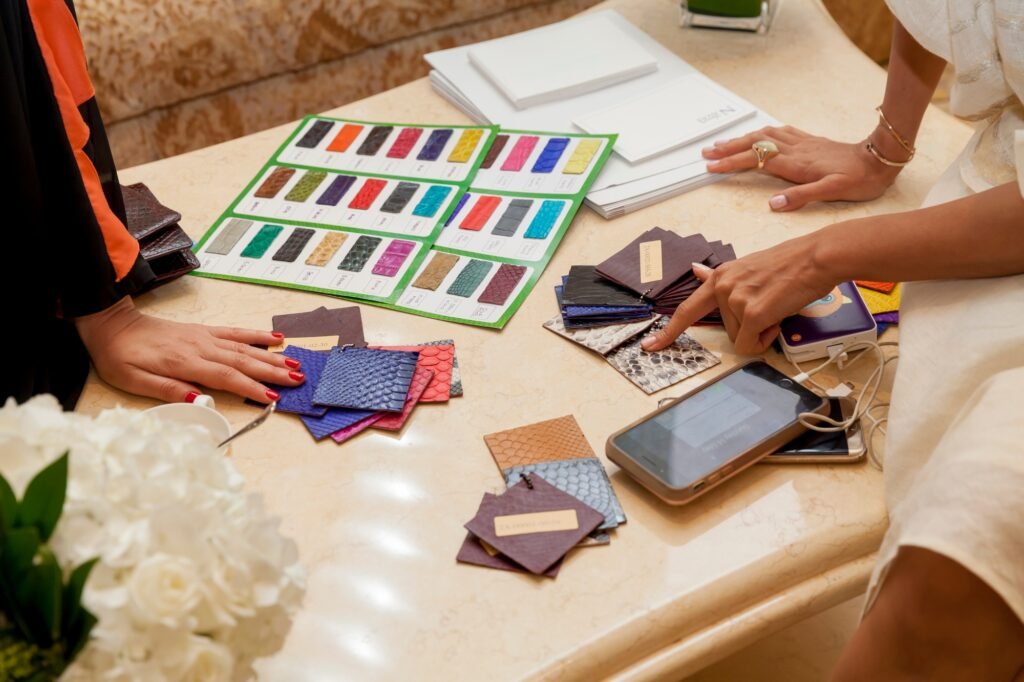
What are the challenges and trends in the bag industry?
| Pain Point | Current Fix / Next Wave |
|---|---|
| Limited flexible capacity | Dual network: local micro-warehouses for light tweaks, Asia flex plants for deep mods. |
| Complex returns | AR try-on + 3-D size guides push mis-fit rate below 4 %; modular parts enable partial refurb instead of full return. |
| Cost control | Shared molds for zippers and hardware plus AI nesting saves 12 % fabric. |
| Greenwashing fear | Blockchain material tracing + third-party carbon audits become standard for EU marketplaces. |
Bags market size and growth momentum
Analysts value the global bag market at roughly US$183.2 billion in 2024 and project it to hit US$291.9 billion by 2034, a 4.9 % CAGR.
They peg the backpack segment at US$16.47 billion in 2024 and forecast it to climb to US$29.5 billion by 2034, a 6.0 % CAGR.
The recovery of travel and outdoor activities and the maturity of online customization tools are the two core driving forces.
Conclusions
The era of personalization has arrived. From New York to Tokyo, from Berlin to Seoul, customization is turning bags and backpacks into interactive “identity tags”. Whoever can build a digital flexible link the fastest will be able to capture the hearts and minds of the next generation of consumers and win repeat purchases.
FAQ: Global hot questions about custom bags
Brands usually add a 10–15 % premium for entry-level color tweaks or engraving, while deep modular builds that reuse standardized modules keep the premium around 20–25 %.
Light customization in North America and the EU can be shipped within 72 hours.
And advanced customization including module modification can be shipped within 7-10 days.
rPET, recycled nylon, mushroom leather, apple leather, etc. are all available, and a carbon emission reduction report is included with the bag.
Online 3D try-on, size recommendation + detachable modules.
If only damaged components will be recycled and partially remade when necessary.
First conduct “color + lettering” MVP verification; after the order exceeds 2,000, invest in module molds or connect with flexible factories.

